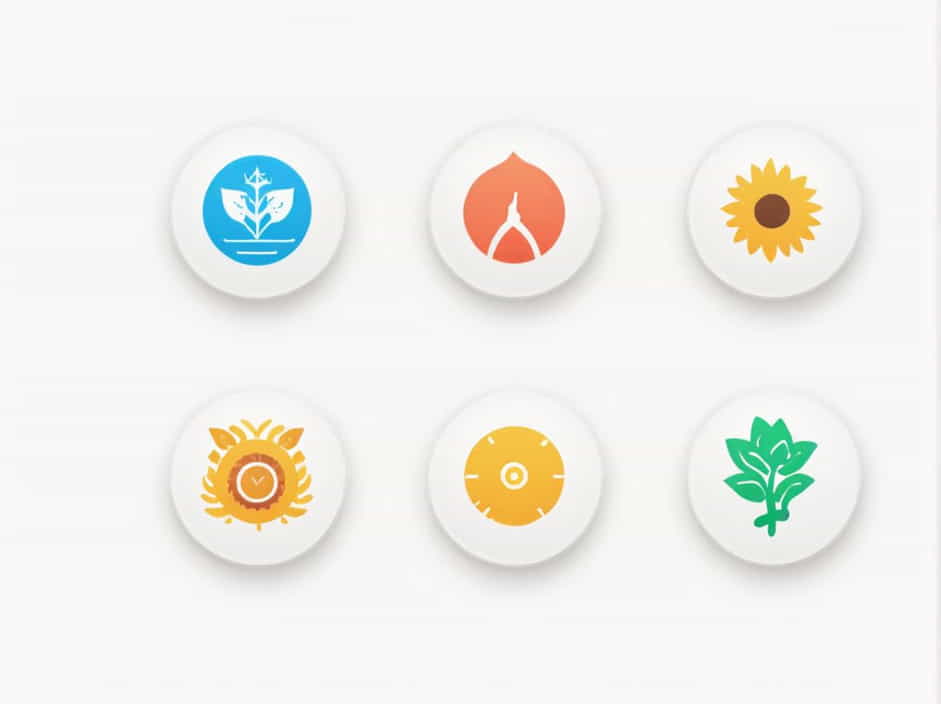Understanding the difference between living and nonliving things is essential in science and everyday life. Living things grow, reproduce, and respond to their environment, while nonliving things do not have these characteristics. Below is a detailed comparison presented in a chart format, along with explanations of key differences.
Chart Comparing Living and Nonliving Things
| Feature | Living Things | Nonliving Things |
|---|---|---|
| Definition | Organisms that have life processes such as growth, reproduction, and metabolism. | Objects or substances that do not have life processes. |
| Examples | Humans, animals, plants, bacteria, fungi. | Rocks, water, air, plastic, metal, glass. |
| Growth | Grow and develop over time. | Do not grow on their own. |
| Reproduction | Can reproduce and create offspring. | Cannot reproduce. |
| Response to Stimuli | React to the environment (e.g., plants grow toward sunlight, animals react to sound). | Do not respond to the environment. |
| Movement | Move by themselves or show internal movement (e.g., circulation of blood). | Cannot move on their own: require external force. |
| Energy Use | Obtain and use energy for survival (e.g., from food or sunlight). | Do not require energy to exist. |
| Metabolism | Have metabolic activities such as respiration and digestion. | Do not have metabolism. |
| Lifespan | Have a limited lifespan and eventually die. | Do not have a lifespan. |
Characteristics of Living Things
Living things exhibit several essential characteristics that distinguish them from nonliving things.
1. Growth and Development
All living organisms grow and develop over time. A seed grows into a tree, a baby grows into an adult, and a caterpillar transforms into a butterfly. This growth occurs due to cell division and development processes.
2. Reproduction
Living organisms reproduce to ensure the survival of their species. Some reproduce sexually, requiring male and female parents, while others reproduce asexually, producing offspring without a partner.
3. Response to Stimuli
Living things respond to their surroundings. For example, plants bend toward sunlight, humans react to temperature changes, and animals flee from danger.
4. Movement
While not all living things move in the same way, all living organisms exhibit some form of movement. Humans and animals move freely, while plants show movement by growing toward a light source or opening and closing their flowers.
5. Energy Consumption
Living organisms need energy to survive. They obtain energy from food (animals and humans) or through photosynthesis (plants). This energy is used for growth, repair, and other bodily functions.
6. Metabolism
Metabolism refers to all the chemical processes occurring in a living organism, including digestion, respiration, and energy conversion. Without metabolism, life cannot exist.
7. Lifespan and Death
All living things have a life cycle. They are born, grow, age, and eventually die. Some organisms have short lifespans (e.g., insects), while others live for hundreds of years (e.g., trees).
Characteristics of Nonliving Things
Nonliving things lack the characteristics of life and do not undergo biological processes.
1. No Growth
Nonliving things do not grow or develop. A rock remains the same size unless external forces break or shape it.
2. No Reproduction
Unlike living organisms, nonliving things cannot reproduce or create copies of themselves. They remain unchanged unless altered by an external force.
3. No Response to Stimuli
Nonliving things do not react to their surroundings. A chair does not move when touched, and water does not change shape unless poured into a different container.
4. No Movement on Their Own
Nonliving things do not move unless an external force acts upon them. A ball will not roll unless pushed, and a book will not change position unless lifted.
5. No Need for Energy
Nonliving things do not require energy to function. They do not eat, breathe, or carry out metabolic processes.
6. No Metabolism
Since nonliving things do not perform biochemical reactions, they do not digest, breathe, or circulate substances within themselves.
7. No Lifespan
Nonliving things do not experience birth, growth, aging, or death. They can exist indefinitely unless broken, destroyed, or altered.
Examples of Living and Nonliving Things in Daily Life
Living Things Examples:
- Humans Grow, reproduce, and respond to emotions.
- Dogs and Cats Require food, breathe oxygen, and move.
- Trees and Flowers Perform photosynthesis and grow from seeds.
- Bacteria Multiply rapidly and respond to their environment.
Nonliving Things Examples:
- Rocks Do not grow or change unless affected by erosion.
- Water Essential for life but does not have life itself.
- Table and Chair Do not move or change unless acted upon.
- Air Necessary for breathing but does not have life processes.
Understanding the difference between living and nonliving things is fundamental in science and daily life. Living things grow, reproduce, and respond to stimuli, while nonliving things remain unchanged unless influenced by external forces. Recognizing these characteristics helps in identifying and classifying objects in nature.
